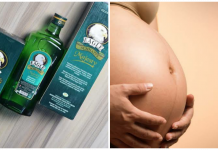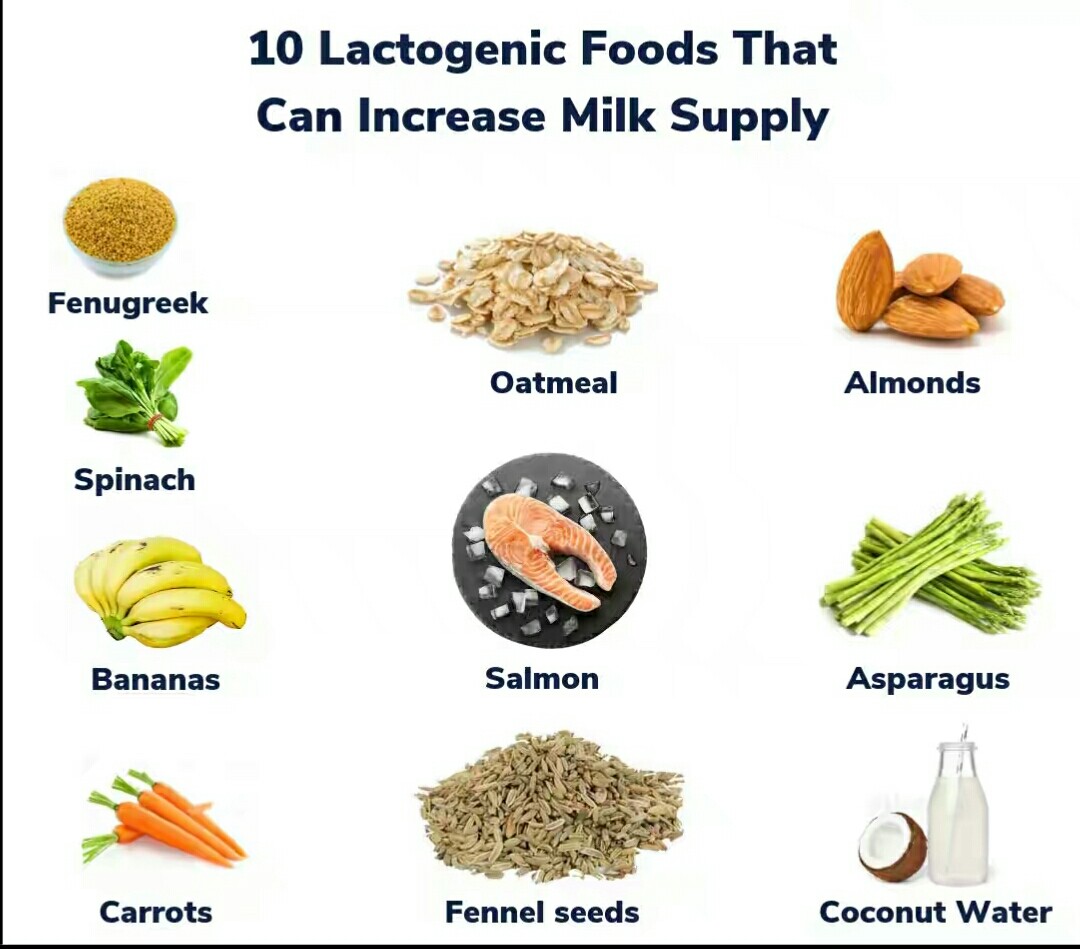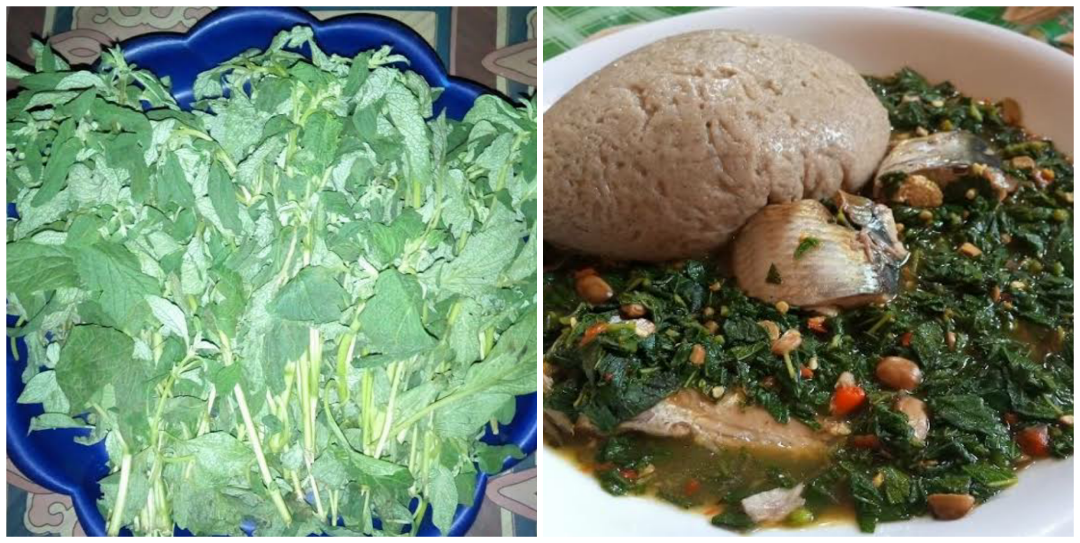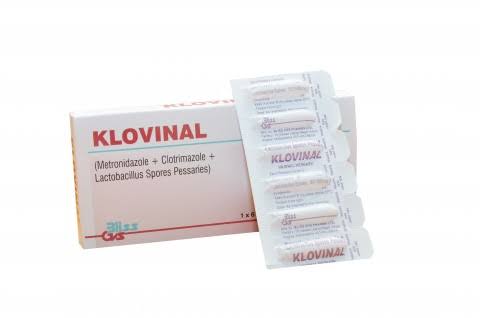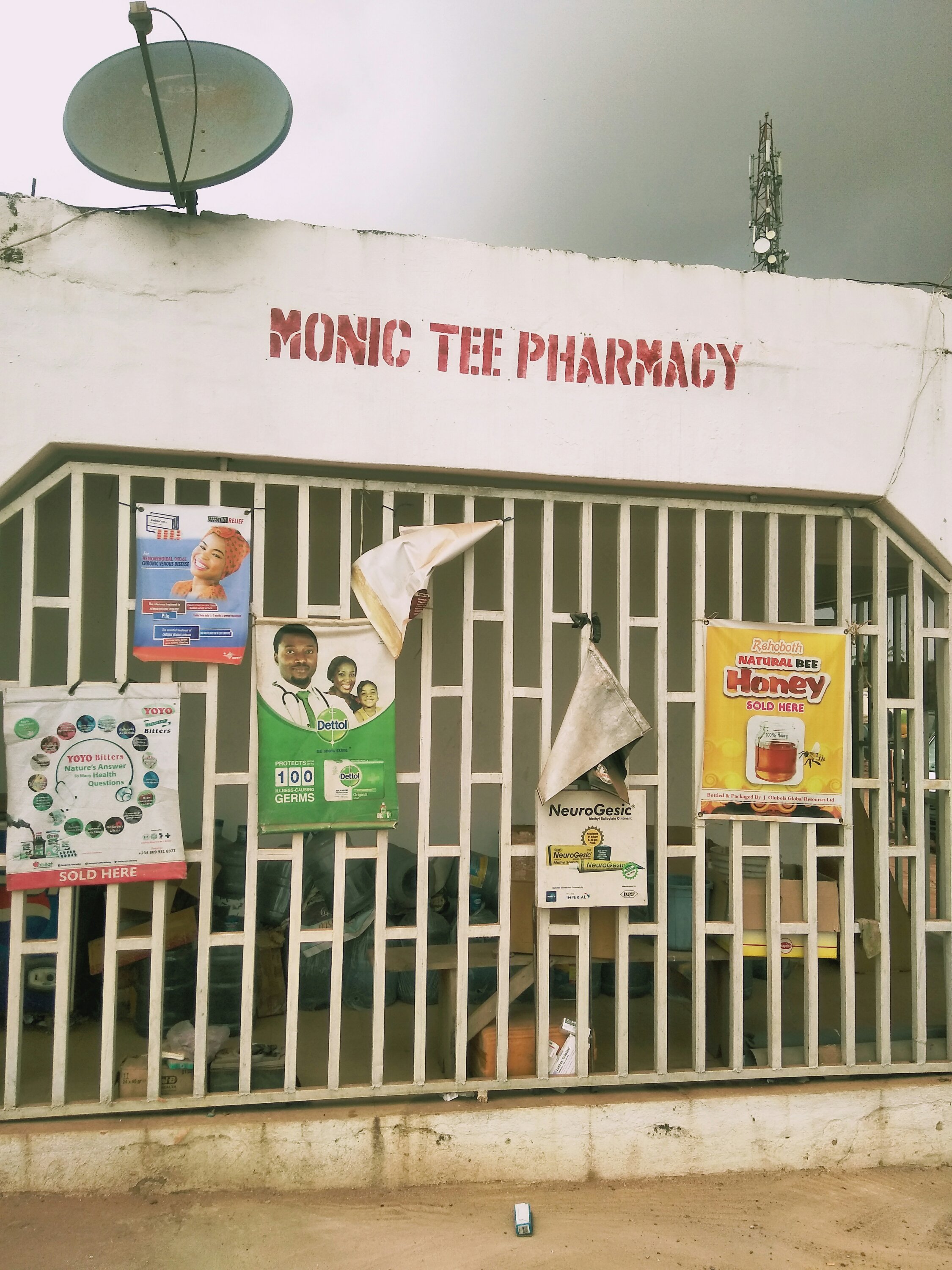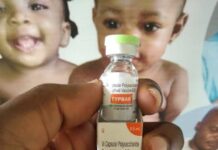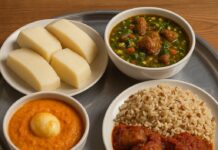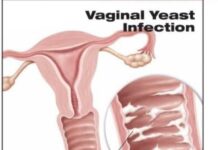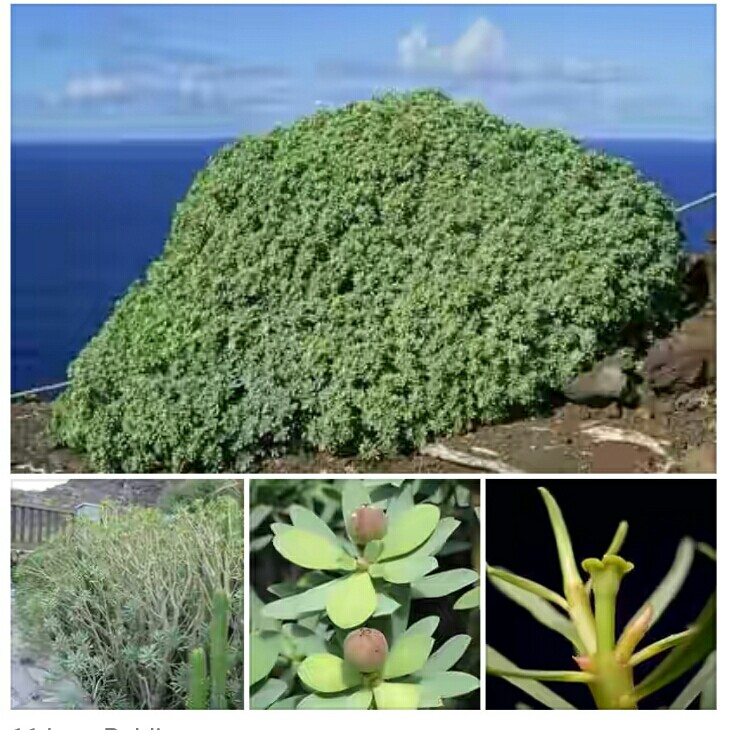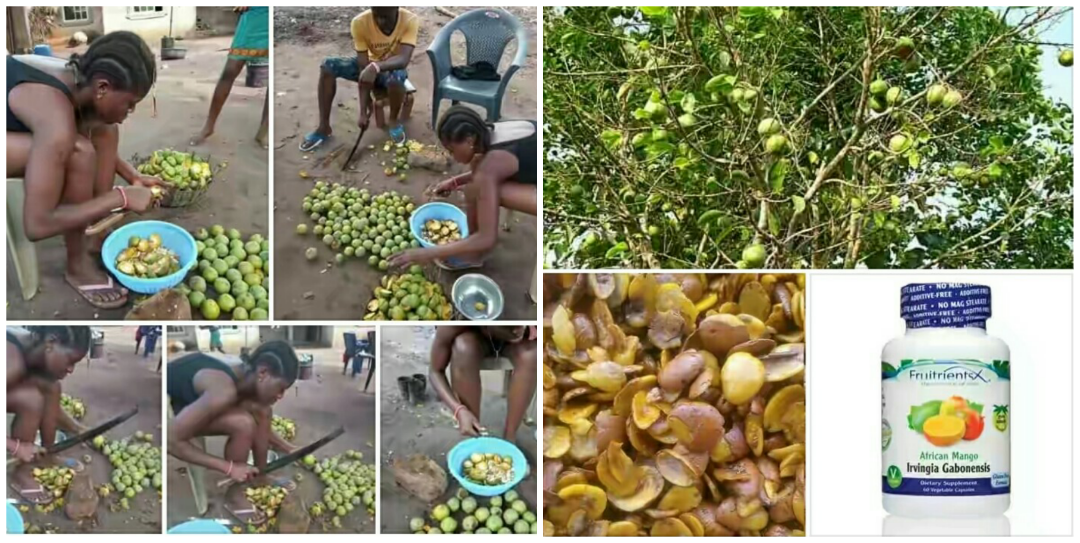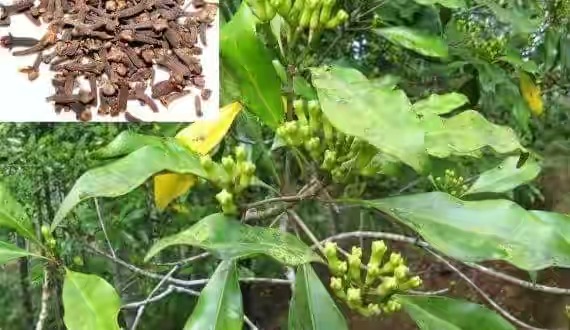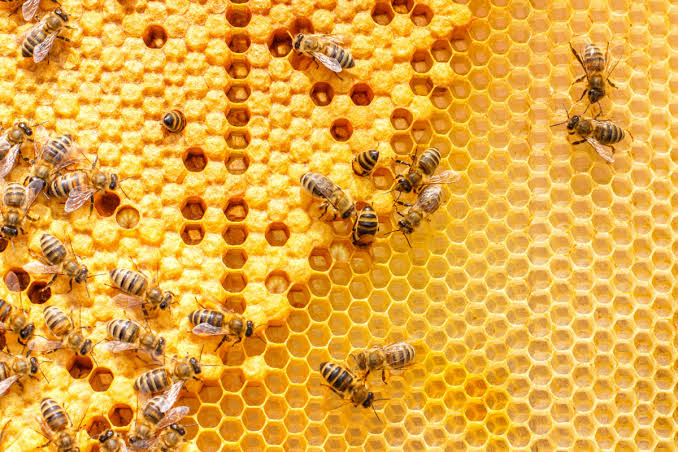Euphorbia balsamifera; Synonym: Euphorbia lamarckii (Botanical name) or Balsam spurge, asthmaplant, Euphorbian (English) or Agwaje (Fula-Fulfulde) or Aguwa, Ayyara, Kaguwa, Uwar-yara (Hausa): A plant with so many superstitions in Northern Nigeria
DESCRIPTION AND OCCURRENCE:
An erect shrub, much branched from base up, to 4 m high, of dry sandy sites from Mauritania to N Nigeria, its northern limit being the Sahel zone marking the southern boundary of the Sahara; and also in the Canary Islands and in Rio de Oro. It has been recorded in Somalia and is perhaps present in East Africa. Growing 3’-6’ tall (in the ground) depending on how much water it receives, Eurphorbia balsamifera forms a rounded shrub covered with dense, attractive long-oval shaped green or blue-green foliage above thick, gnarling, terracotta colors, branching stems, with the base stalks becoming very thick. The small yellow-chartreuse “flowers” are followed by showy, bright yellow berries. Though tolerant of summer drought, the foliage will be more lush with average water. The plant is commonly grown as a hedge and field-boundary marker. It is easily raised by cuttings and is said to be one of the best hedge plants for low rainfall areas, i.e. under 900 mm. It requires a deep sandy soil. It is not eaten by the stock, nor by termites. In some cemeteries in the Accra plains of Ghana, a plant is grown to mark each grave. It is grown in villages for superstitious as well as medicinal purposes. In the soundanian zone, it is commonly grown along the sides of roads and tracks and on wind-blown dunes as a sand-binder. Its ease of propagation, however, should not be allowed to lead to uncontrolled spreading and its restriction in the Sahel zone is recommended in order to improve pasturage. The succulent branches carry a copious amount of latex.
Health Benefits, Medicinal Uses amd Side effects of Euphorbia
The plant, and more specifically the latex, is generally reported to be toxic. The latex is known to be dangerous to the eyes and the plant has been used for criminal purposes, in ordeal-poison and in arrow-poison. Yet boys are said commonly to suck the young shoots, and in Senegal the shoots are cooked for food. During the famine of 1972-1974 in Northern Nigeria, there is record of the plant shoots being eaten in Kano Province, but on questioning people after the famine was over, villagers claimed it to be inedible. Though cattle do not browse the plant, it is taken in Senegal by camels, sheep and goats and sheep will eat the fallen leaves.
In a superstitious sense it is fed to camels in the Sahara as the lichen commonly covering the bark is said to enable them to see by night. The Fulani of Northern Nigeria sometimes feed the latex to their cattle and other stock to promote fertility and to increase their milk. Superstition or not, this can hardly be practised without a sense of responsible husbandry. It must appear that the toxicity of the plant needs examination in its edaphic and phenological context. An aqueous macerate of the bark and roots is taken in draught in Senegal as a drastic purge (8, 9) and is administered as such in treatment of leprosy, syphilis, gonorrhoea, etc. requiring cleansing of the abdominal region. A decoction of the leafy twigs is used to wash the private parts in leucorrhoea and menorrhoea, and to treat ringworm.
The roots in decoction are taken for intestinal parasites. Stems and roots are normal items of market trade in Dakar. Water in which leaves have been steeped is used in North-West Senegal to wash fever patients, and a concoction of flowering branch ends is taken to expel worms. The latex is used externally as an antitoxin on snake and insect-bites and to apply to guinea-worm sores. It relieves toothache and gum troubles, and contains a gum-resin and a revulsive identified as euphorbon. Placed on a carious tooth it not only curbs aching but serves to loosen the tooth to facilitate extraction. It is placed on tsetse fly bites. It is possible that there is some analgesic action.
The latex is viscously tacky and is used in Northern Nigeria to make a bird-lime (maδoro: Hausa) to catch crickets, etc. It might have some potential as a ‘fly-paper’ as the latices of some other Euphorbia spp. which retain an adhesive quality have been successfully used to catch tsetse flies. In Northern Nigeria, the plant has veterinary use for horses suffering from Nanduhu and Saminya (Hausa).
The horse’s head is held in the smoke over burning dried twigs of the plant. Latex is compounded into a poultice with leaves of Annona senegalensis (Gwandan daji) and latex of Calotropis procera (Asclepiadaceae) which is then applied to the indurations of ‘yaws’ to maturate them.
Superstitious connotations lie in the expression Alyara ka ba ni nono (Hausa: nono, breast) used by Gobir girls at puberty, and in the term taya-ni-goyo (Hausa: help me carry the child) which is used for the plant, and is also the name of a skin-affection on the back of a woman due to carrying a child. In Senegal, young women in parturition use a hot hip-bath containing fresh leaves or the boiled water of fresh leaves is used topically.
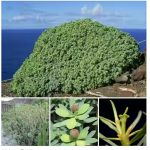
FOR FURTHER READING SEE:
1. Adam, J.G., Echard, N. & Lescot, M., 1972. Plantes médicinales Hausa de l’Ader. Journal d’Agriculture Tropicale et de Botanique Appliquée 19(8-9): 259-399.
2. Burkill, H.M., 1994. The useful plants of West Tropical Africa. 2nd Edition. Volume 2, Families E–I. Royal Botanic Gardens, Kew, Richmond, United Kingdom. 636 pp.
3. Inngjerdongen, K., Nergård, C.S., Diallo, D., Mounkoro, P.P. & Paulsen, B.S., 2004. An ethnopharmacological survey of plants used for wound healing in Dogonland, Mali, West Africa. Journal of Ethnopharmacology 92: 233–244.
4. Neuwinger, H.D., 2000. African traditional medicine: a dictionary of plant use and applications. Medpharm Scientific, Stuttgart, Germany. 589 pp.
These are the thoughts and intellectual property of:
Sa’eed Halilu Bawa
Senior Lecturer (Associate Professor) at University of the West Indies, St. Augustine Campus, Trinidad.
Studied Food and Nutrition Sciences, Dietetics at Kaduna Polytechnic, Nigeria; Warsaw University of Life Sciences, Poland.



